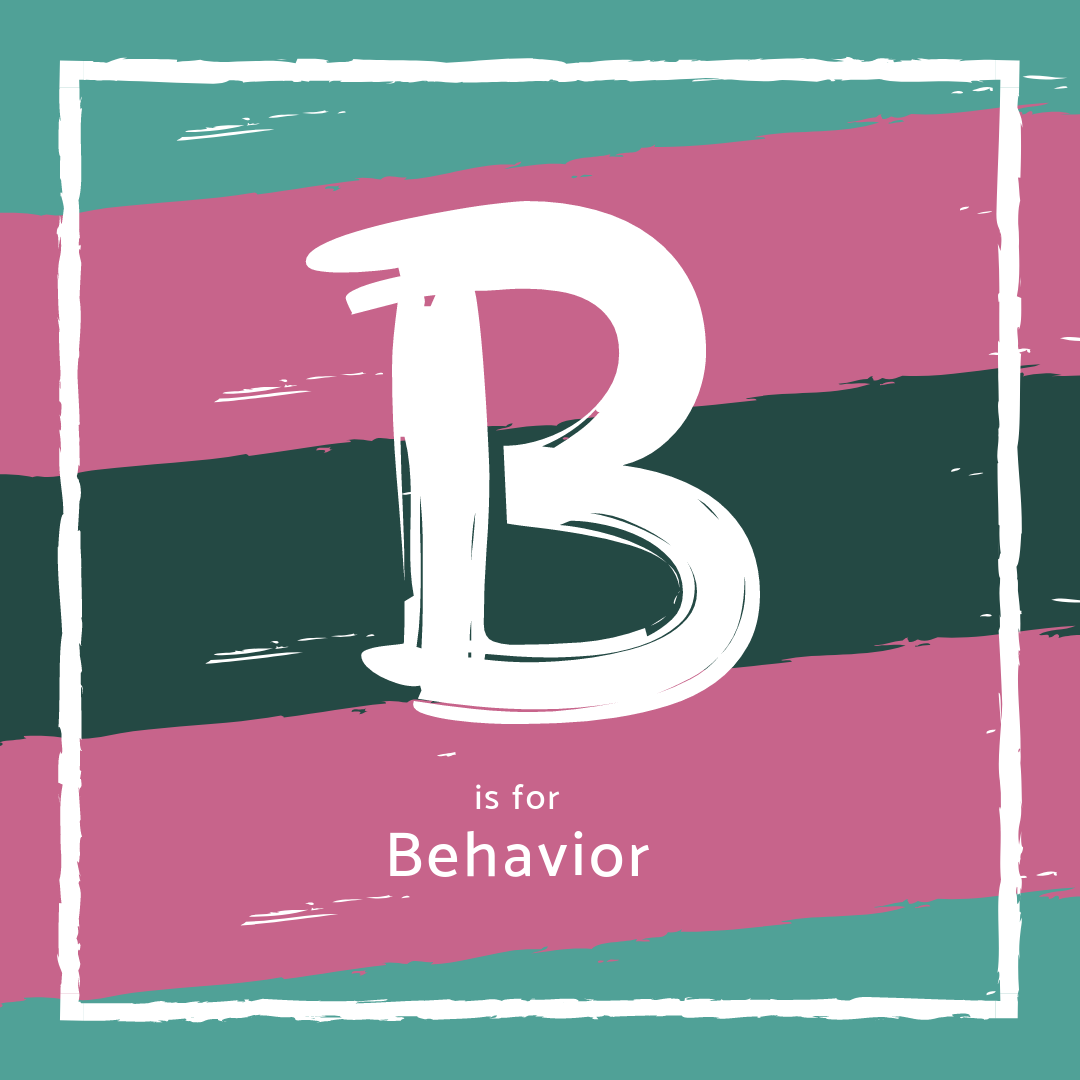|
4/29/2019 0 Comments ABCs of Behavior
There are two types of basic conditioning in behavior. Today, we are going to talk about the Operant Style. The idea of reinforcing or punishing behavior. Let's break it down to simplify it. Without this knowledge, you will always get stuck in trying to change behavior.
Every behavior has a preceding trigger and a consequence that either increases or decreases the chance of that behavior happening again. If the consequence is reinforcing to the dog, it will likely happen again. If the dog doesn't like the consequence or something they were enjoying is removed, the behavior will be less likely to happen in the future.
powered by Typeform
EXAMPLES:
Let's look at the basic recall. Your dog is outside sniffing around the yard. You call your dog to come in to the house. He comes to you. You shut him in the house. What's the ABC? A = the cue, "Come" B = Dog comes to you C = Dog is shut in the house Let's break down C - was it a reward or a punishment to shut him in? It depends. Was he enjoying himself outside? Then you just removed his freedom and it was a "punishment". Did you feed him dinner as soon as he came in? If your dog values dinner over his freedom, it was likely reinforcing. However, if he prefers playtime over dinnertime, it was still a "punishment". So what can you change? A = cue "come" B = dog comes to you C = Reward with a treat and release Practice this over and over again, at times when you don't NEED him to come in. Then, when it's time to come in, he has learned that you are not always going to remove his freedom and it's worth his while to come. What do you do when you actually need to remove his freedom and bring him in? A = cue "come" B = dog comes C = toy is thrown in the house/ food is scattered into the house / higher value treat than usual OR Don't call your dog and let him come in "on his own". It might look like this: A = you make an enticing noise inside (cookie jar, squeaky toy, food being put into bowl). This will take the place of the cue B = Dog comes in C = you shut him in. Now it's not your recall cue "come" that created that removal of freedom, it was a more natural cue. This isn't recommended on a regular basis but if you want to stop poisoning your recall cue, this is a good option.
What happens if your dog doesn't respond?
Two main things could be at play 1. He's past his threshold and can't focus properly - that's where we need to get into the other type of conditioning, which tackles the emotional responses. 2. He has you well trained! Remember, if it works FOR your dog, it will continue If it stops working for your dog, the behavior will fade away. If something else works faster in your dog's favor, the new behavior will replace the old one. Example: If A = seeing you come in the door, B = jumping on you, and C = attention/touch/pushing from you and you ignore the jumping... it will go away, as long as you CONSISTENTLY ignore it but what if you do this instead: A = You come in the door and tell your dog to sit B = Your dog sits C = He gets your attention What are some examples you have for ABCs?
0 Comments
Your comment will be posted after it is approved.
Leave a Reply. |
|
- Home
- About
- Blog
- Services
- Membership
-
Courses & Freebies
- All Courses
- FREE Boredom Buster Recipes
- COURSE: Building Resilience in your Family Dog
- COURSE: Managing the Leash Walk
- Potty Training COURSE
- Paws Off COURSE
- COURSE: Managing the Leash Walk
- FREE Attention Building Challenge
- FREE Scratchboard Training
- FREE Rest and Recovery Round-Up
- FREE Body Language 101
- Contact
- Home
- About
- Blog
- Services
- Membership
-
Courses & Freebies
- All Courses
- FREE Boredom Buster Recipes
- COURSE: Building Resilience in your Family Dog
- COURSE: Managing the Leash Walk
- Potty Training COURSE
- Paws Off COURSE
- COURSE: Managing the Leash Walk
- FREE Attention Building Challenge
- FREE Scratchboard Training
- FREE Rest and Recovery Round-Up
- FREE Body Language 101
- Contact
Search by typing & pressing enter





 RSS Feed
RSS Feed





